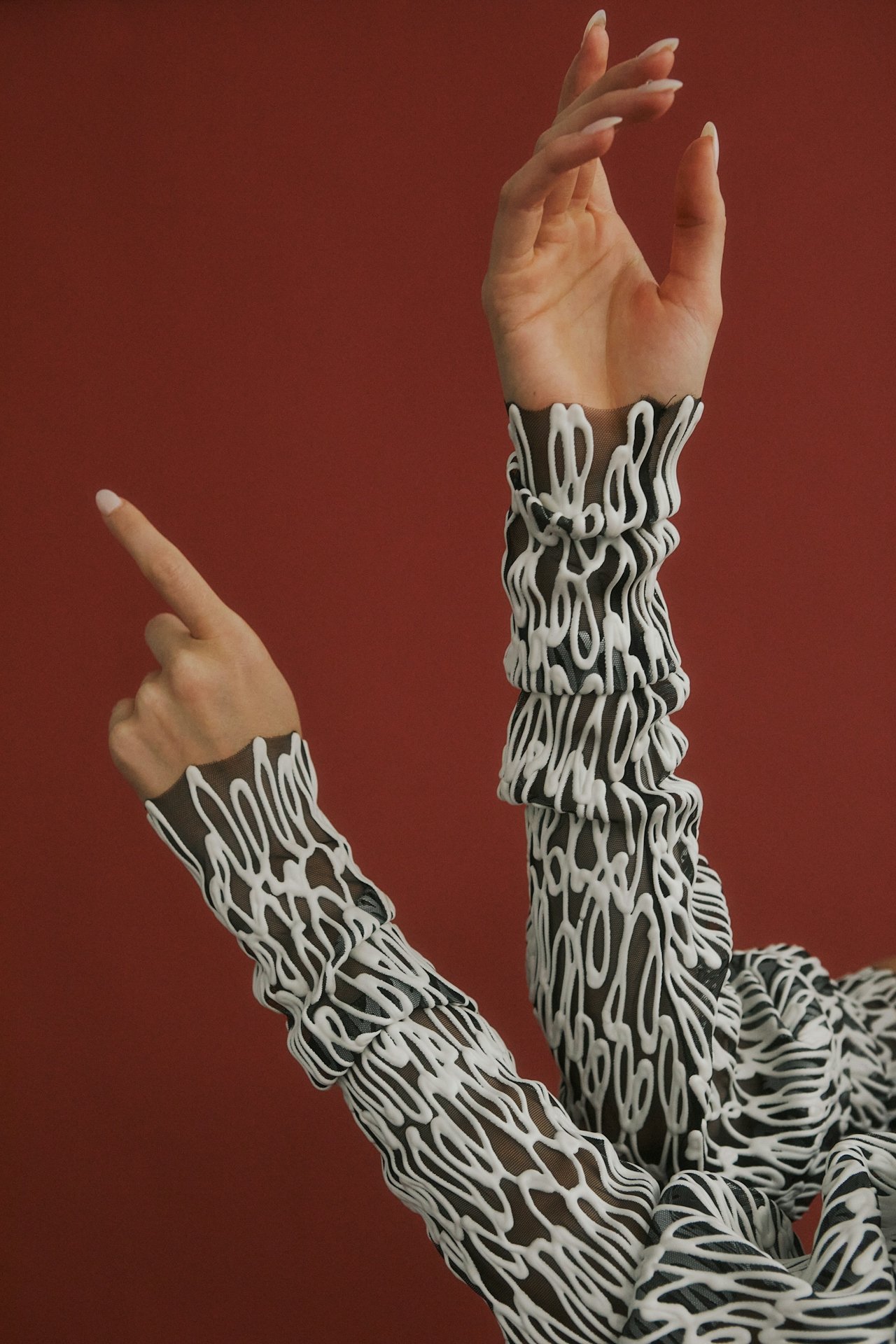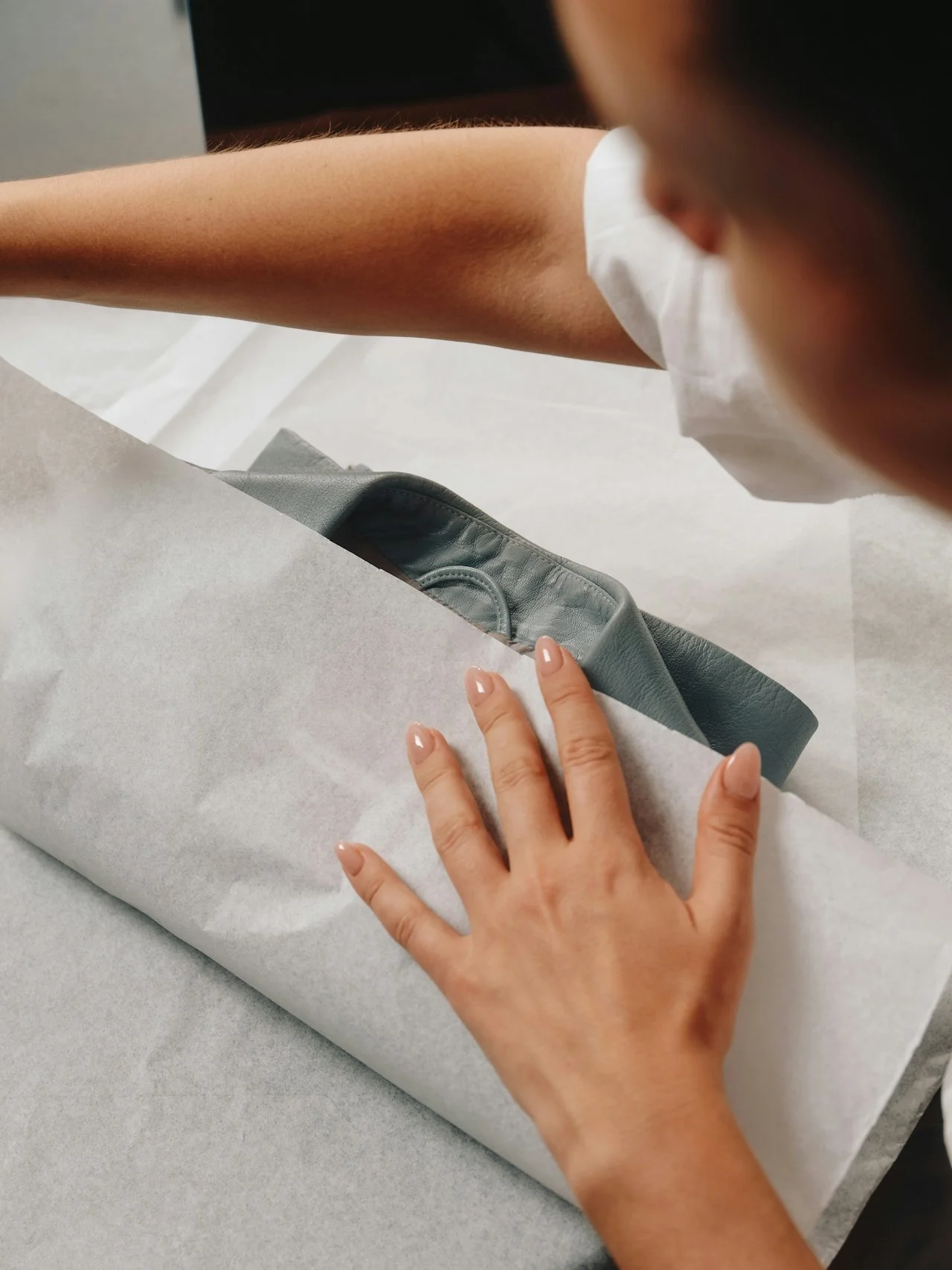
FASHION BUSINESS
FASHION BUSINESS
Think Like a Creative. Work Like a Pro.
The Fashion Business & Creative Arts Program at JCI gives you the strategic mindset, creative tools, and hands-on experience to thrive in the fast-moving world of fashion.
Key Information
-
Tuition: $19,900
Application Fee: $250
Textbooks: $943
School Supplies: $150 (estimate)
Illustration Supplies: $175 (estimate)
Adobe Creative Cloud: Price varies
Microsoft Excel: Price varies
Please note: students must bring their own laptops.
Tuition awards are available to those who qualify. Financial aid is available for domestic students.
For international student tuition fees, click here. -
In order to be eligible for the Fashion Business and Creative Arts Program, you must meet our General Admission Requirements.
-
Program Hours: 948
Practicum Hours: 48
Weeks of Education: 45 weeks
Total Length: 1 year (including 4 weeks breaks/holidays) -
August 13, 2025
-
Maximum 20 students
Program Overview
This multidisciplinary program is designed to give you a 360° understanding of the fashion industry—from brand-building and buying to styling, marketing, and content creation. You’ll develop technical skills in illustration, merchandising, and design, while gaining real-world experience through collaborative projects and an industry practicum. Whether your goal is to launch your own brand, work with a creative team, or build a career in fashion media, you’ll graduate with a professional portfolio, a strong grasp of the industry, and a clear vision for your future.
Curriculum
This course curriculum blends hands-on experience with real-world knowledge, designed to prepare you for every stage of a creative career. From essential design skills to industry-ready portfolios, you’ll build the confidence, clarity, and technical ability needed to succeed in today’s fashion landscape.
Key Courses: Intro to Fashion, Visual Merchandising, Fashion Textiles, Fashion Buying, Fashion Marketing, Elements of Design, Fashion Retailing & E-Comm, Fashion Styling, Fashion History, Fashion Illustration, Portfolio Development & Career Planning, PR & Communications, Entrepreneurial Skills, Fashion Show Production, Practicum.
What You’ll Learn:
The history and evolution of fashion, from global influences to trend forecasting
Key design principles like colour theory, proportion, textiles, and technical drawing
How to create, source, cost, and present your own fashion collection
The full product lifecycle—from concept to manufacturing to retail
Fashion marketing, branding, and building a voice for your brand
Visual merchandising and styling for retail, editorial, and personal clients
Retail buying, inventory planning, and the business of fashion
eCommerce, customer service, and leadership in the retail space
Illustration techniques to communicate design ideas clearly
Portfolio development, resume building, and career prep
Public relations, communications, and digital content creation
Business and entrepreneurial skills for launching your own brand
Real-world experience through a fashion show and hands-on practicum
*This program has been approved by the Private Training Institutions Regulatory Unit (PTIRU) of the Ministry of Post-Secondary Education and Future Skills.
Next Steps
Have questions? Leave us a note and our Admissions team will personally reach out to help you.
Ready to start? Begin the application process below and our Admissions team will contact you for an interview.
Career Pathways

Student Success Stories

Get Your Guide to JCI
From the classroom vibe to thriving alumni, this is your inside look at how we train creative professionals.


















